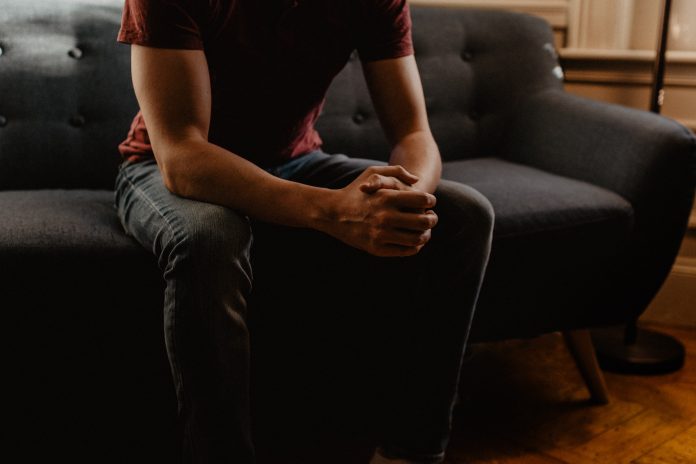In a new study, scientists have pioneered a method to directly observe therapeutic connections during psilocybin-assisted therapy sessions.
This crucial development aims to deepen our understanding of the underlying processes, whilst also offering insight for further training and quality improvement in the field.
The research focused on the evaluation of audio and video data extracted from a recent clinical trial.
Specifically, the team assessed this content for signs of therapeutic connection, using guidelines based on proposed best-practice competencies.
This involved elements such as an empathic presence and interpersonal grounding during the therapeutic encounter.
The study evaluated the first four encounters, each lasting 8 hours, involving unique combinations of participants, therapists, and gender pairings.
Using a comprehensive checklist, each recording was analysed by three separate individuals from a six-person team, focusing on audible cues like tone or choice of words, and visible cues including body language, eye contact, and physical touch.
In a total of 2074 minutes of video data, a remarkable 372 instances of therapeutic connection were identified during psilocybin-assisted therapy.
A significant 83% of these moments were highlighted by at least two of the coders, with 41% being unanimously recognised by all three.
Notably, both audible and visual cues played a pivotal role in 51% of these identified events.
One of the fascinating insights gained was the dynamic nature of these therapeutic connections.
The cues and qualities of connection changed depending on the psilocybin’s influence on the patient’s state of consciousness at any given time.
In conclusion, this pioneering study confirms that it is indeed feasible to directly observe human therapeutic connection during psilocybin-assisted therapy.
Moreover, these observations are highly sensitive to changes in states of consciousness and necessitate the evaluation of both audio and visual data.
As psychedelic-assisted therapies continue to gain traction, studies like these are crucial for refining and advancing the field.


